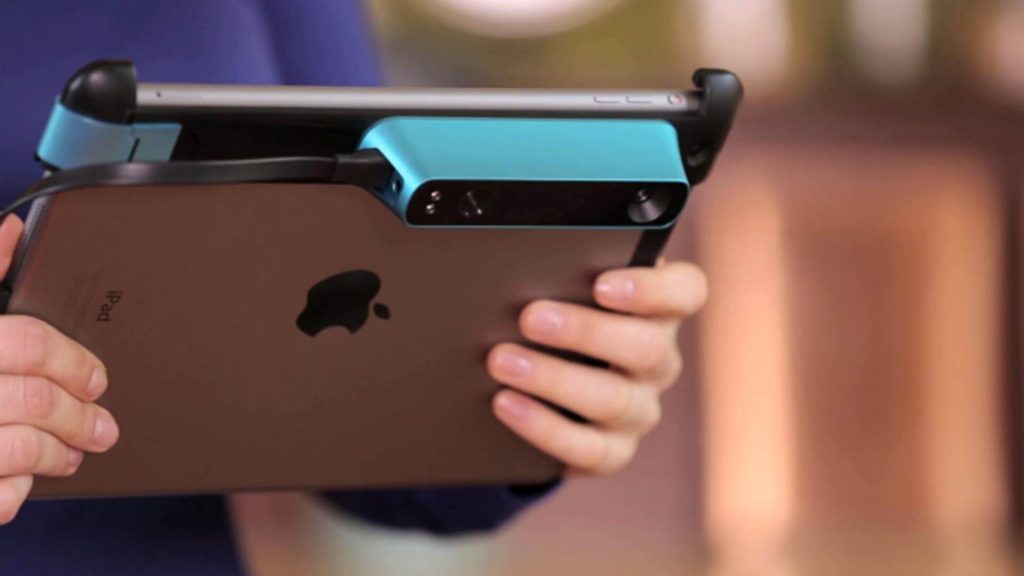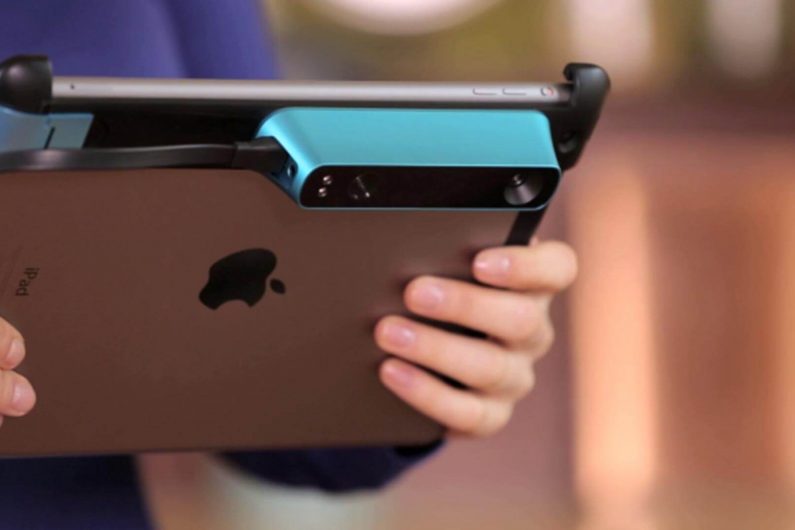Whether for manufacturing plantar, tibial or knee brace, the two main techniques for taking measurements are plaster casting and 3D scanning; but which one to choose?
Whether cast in plaster or designed by a 3D scanning, custom orthotics have grown in popularity year after year. This market growth is mainly associated with the aging of the population as well as the increase in sports injuries.
According to the World Health Organization, the number of people aged 60 and over should double to reach 2.1 billion by 2050. This should lead orthotists-prosthetists to manufacture millions of orthotics in the coming years . It is therefore essential to provide solutions for these healthcare professionals to make their task easier, such as 3D scanning using a scanner and a mobile application.
Whether for manufacturing foot orthotics, AFO orthotics or knee brace, the two main techniques for taking measurements are plaster casting and 3D scanning; but which one to choose? Let’s see the differences.
Plaster casting
The plaster of Paris or fiberglass molding technique has been around for decades and is still widely used today. This technique is a good option, but it also has its share of drawbacks.
This is a relatively messy method and patient comfort can also be compromised especially in the case of a child or the elderly.
We must also take into account the space required in the clinic to make the cast and store them. This space is often dusty and buried under tools or plaster boxes.
3D scanning

This is where 3D scanning comes into play. And no this is not science fiction, it has come true today. Patients have their legs, feet and head scanned using a 3D scanner. The scan takes only a few minutes and quickly the orthotist can design a custom-made orthotic offering maximum comfort with a perfect fit.
The scan is then converted into 3D models and sent to a manufacturing facility. The orthosis will be produced using high-tech software and machines. All of this is done immediately, dust-free and stress-free for the patient, while reducing clinical time. Thanks to a mobile application linked to the scan, you can adjust the orthosis to the nearest millimeter and add different options according to the patient’s needs or lifestyle.
The 3D scanner also offers greater accuracy than plaster casting can achieve. A study by Lee and Wang (2014) * compared the precision and accuracy of methods for measuring the size of the foot for a plantar orthosis. Based on the results, the study recommends using the 3D scanning method to collect foot measurements instead of the plaster cast.
*Lee YC, Lin G, Wang MJ. Comparing 3D foot scanning with conventional measurement methods. J Foot Ankle Res. 2014; 7(1):44.
The advantages of using the 3D scanning
The advantages of using 3d scanning are numerous. Here are the main ones:
Better patient experience
3D scanning orthotics manufacturing provides a better patient experience through reduced clinical time. In addition, the non-contact measurement makes it possible to obtain a custom-made orthosis with the perfect “fit” for maximum comfort. Benefit from more comfortable and more efficient orthoses the first time; it is definitely a winning formula for everyone.
Cost reduction
The cost reduction is also to be considered by using the 3D scanner instead of plaster casting. The cost of the materials used to create the molding plus those of the labor are much higher than a 3D scanner scan. This one that only costs a few dollars.
Time saving
The time savings are also significant when you consider that the measurements taken by the 3D scanner only take a few minutes. According to podiatrytoday.com *, the time required for a plaster cast can take up to 11 minutes, while the 3D scanner scan takes around 2 minutes.
In addition, the data is automatically sent to machining. The production can thus be increased while seeing a greater number of patients per day. We must not neglect the aspect of delivery time and the risk of the plaster cast being lost or damaged in transit.
* www.podiatrytoday.com/scanning-technology-and-orthotic-casting-what-you-should-know
The Big Winner? The 3D scanning, but …
At iBrace our orthotics are produced by receiving 3D impressions taken by our customers. We therefore rely on the use of this technology although in exceptional cases, we accept to produce orthotics via foam impression boxes or sometimes even plaster. Keep in mind, however, that the use of a 3D scan is a more efficient method and clearly advantageous for both the clinician and the patient.
Contact us to learn more or to become a partner.
